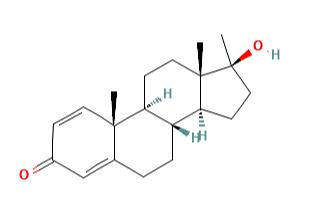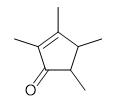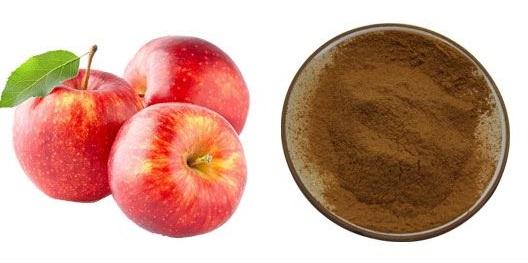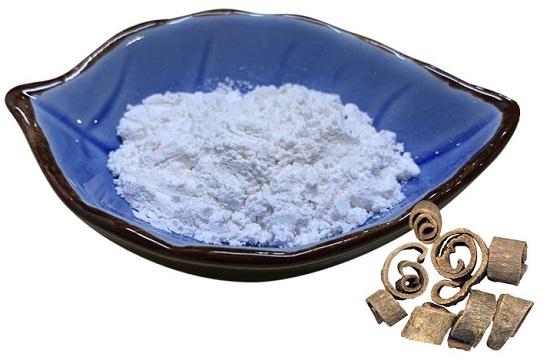The application of Bisabolol
Bisabolol is a natural product found in Eupatorium altissimum, Psidium guajava, and other organisms with data available. Bisabolol, also known as Sweet Red Bisabolol and parthenol, is one of the sesqu
Nov 7,2022 DrugsSynthesis of Methandrostenolone
Methandrostenolone is an organic molecular entity. A synthetic steroid with anabolic properties that are more pronounced than its androgenic effects. It has little progestational activity
Nov 7,2022 DrugsSynthesis and Application of Pentaerythritol tetrakis(3-mercaptopropionate)
Pentaerythritol tetrakis(3-mercaptopropionate) is an intermediate in organic synthesis, which is used as a cross-linking agent, acid ion exchange catalyst and low temperature curing agent.
Nov 7,2022 Chemical ReagentsFumaric Acid is a Naturally Occurring Dicarboxylic Acid
As a naturally occurring dicarboxylic acid, the utilization of fumaric acids is expected to increase.
Nov 4,2022 Organic ChemistrySynthesis and Application of 4,4,4-Trifluoro-1-Butanol
4,4,4-Trifluoro-1-Butanol is a useful chemical.
Nov 3,2022 Chemical MaterialsApplication of Sodium 3-(N-ethyl-3-methylanilino)-2-hydroxypropanesulfonate
Sodium 3-(N-ethyl-3-methylanilino)-2-hydroxypropanesulfonate is a water-soluble reagent used for the determination of hydrogen peroxide by enzymatic spectrophotometry.
Nov 3,2022 Dyes and PigmentsSynthesis and Bioactivity of Mesterolone
Mesterolone is a steroid hormone raw intermediate.
Nov 2,2022 APISynthesis and Application of 2, 3, 4, 5-Tetramethyl-2-Cyclopentenone
2, 3, 4, 5-tetramethyl-2-cyclopentenone is an important organic intermediate and pharmaceutical intermediate.
Nov 2,2022 Pharmaceutical intermediatesBiological activity of Phlorizin
Phloridzin has many biological activities such asreducing blood sugar, improving memory, anti allergy, anticancer, etc., as well as potential use values.
Nov 2,2022 Natural ProductsBenefits of Honokiol
Magnolol and honokiol have the pharmacological effects of prolonging central muscle relaxation, inhibition of the central nervous, anti-inflammatory, antibacterial, antimicrobial, antiulcer, antioxida
Nov 2,2022 Natural Products












